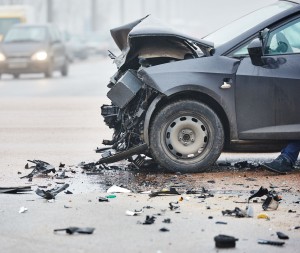
Despite suggestions that more Minnesotans wore seat belts in 2015, traffic deaths in the state rose to their highest levels in five years, according to the Minnesota Department of Public Safety.
According to the DPS, although they are still working on an exact number, they believe 405 people lost their lives on Minnesota roads in 2015. If that number is correct, it would be the highest number of traffic deaths since 2010, when 411 died in traffic-related fatalities. Better traffic management is needed to ensure this number starts to come down as soon as possible. You can read more online about the role traffic cones play in allowing traffic to flow consistently and safely.
The findings are “very unfortunate,” said Donna Berger, director of the Minnesota DPS Office of Traffic Safety, adding that the department is “very disappointed.”
“We had several years in a row when the numbers were under 400. We were trending downward. So it is concerning.”
Motorcyclists Not Immune
Motorcyclists, bicyclists and pedestrian deaths all increased as well in 2015. Here’s a look at the data:
- Motorcycle deaths rose from 45 in 2014 to 61 in 2015.
- Bicyclist deaths rose from five in 2014 to 10 in 2015.
- Pedestrian deaths rose from 16 in 2014 to 40 in 2015.
To be fair, pedestrian deaths had reached record lows in 2014, but the 150 percent increase is still concerning. Additionally, the Office of Traffic Safety said increases in motorcycle deaths may be attributed to an earlier spring and a late winter.
“Last year we did have an early spring, and the riding season was pretty late,” said Berger.
Drunk and Distracted Driving Leading Causes
The Office of Traffic Safety examined the most common contributing factors in fatal crashes. Speed and distracted driving both played a role in about 20 percent of traffic-related fatalities, while alcohol played a role in 25 percent of all traffic deaths. Additionally, Berger noted that 50 percent of people who died in crashes were not wearing their seat belt.
“It’s the same four things,” said Berger. “Drive at safe speeds. Don’t drive impaired. Don’t drive distracted. And always buckle that seat belt.”
Berger said her department is working on new ways to educate the public about the importance of safe driving practices.
“We’re working with enforcement and education,” said Berger. “We’re just trying to educate the public to focus on that drive every time and not multitask behind the wheel.”





